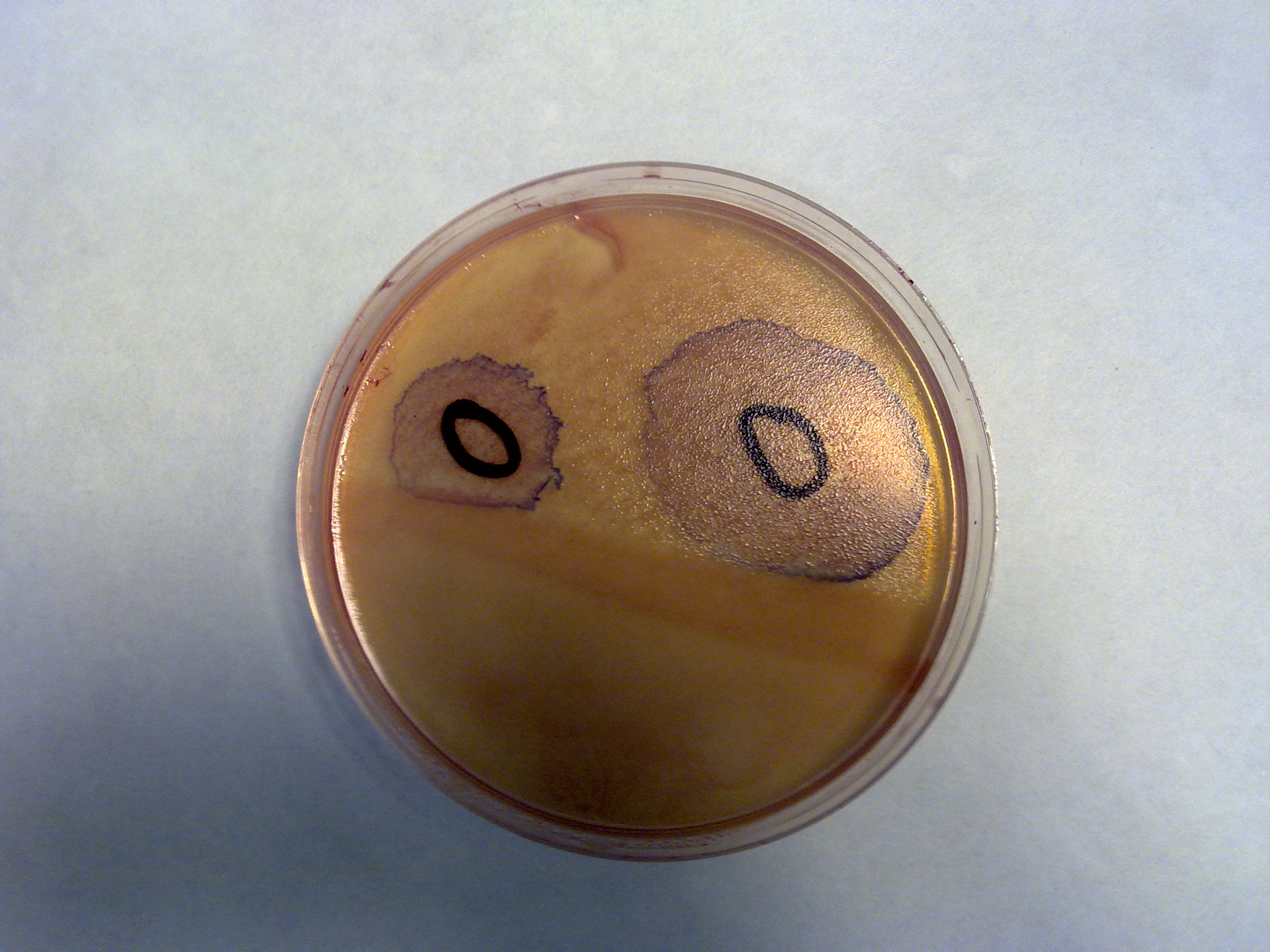Team:Valencia/Project
From 2011.igem.org
Objectiu
The aim of our project is to create a biological alternative for the disinfection of contaminated water.
we intend to demonstrate the antimicrobial effectiveness of colicin G, colicin H and microcin C51. These proteins are produced and used naturally by the bacteria to compete with related bacteria killing them in a specific way.
The polypeptides activity is dependent on three-dimensional structure, based on it, we want to control their activity by changing the pH of the water, for this reason, we have been developing a cynechocystis study, which is capable of altering the pH as a result of its growth and proliferation.
to eliminate pathogenic bacteria from contaminated water, using our engineering knowledge, we have designed a system of pipes, membranes and pumps, allowing effectively and safely contaminated water disinfection.
Resultats
Links a les diferents parts
1. Introduction
Every year iGEM comes up with dozens of projects with interesting applications, but few of them end up in a prototype. This year Valencia team has gone one step further building a scale prototype for a real application: disinfecting pathogens from water. The final design of our model has come after many hours struggling with ourselves in order to find the cleverest solution.
The prototype and its corresponding final design fulfill several requisites:
• Safety – The most important requirement, it has to be safe for the users and the environment The team has worked much to avoid operating hazards and risk during construction. First, the corresponding safety measures for doing hardware work, like wearing gloves and using protection glasses were followed. Regarding the operation, it was decided to work with a 12 V energy supply, so there is no electroshock risk. Electrical cables have been protected and have been enough distantly kept from the water flasks. All other hazards related with biosafety have been explained in the corresponding biosafety section (poner link) • Cost – Economically accessible for the majority of the applications The total cost for out model is just 150 € (see list below)! • Size – The dimensions of the apparatus need to be coherent with the disinfected volume and it is desirable to be able to transport it easily. The size of our prototype is 70 x 55 x 25 cm, it is easily portable in a suitcase and weighs 7 kg. • Ease of use – No advance technical expertise to be required Once the cultures are prepared, there is no specific knowledge needed, just wait for clean water! • Spare parts – The repair or replacement of failed parts should be simple and safe Most of the elements of our design can be easily found and quickly substituted.
• Autonomous – Renewable energy sources like photovoltaic power generation are ideal to obtain a sustainable supply of energy With the exception of cell cultures replacement after some time of use, the rest of the equipment can work alone if energy is supplied. With a total estimated energy consumption of 40 W, several renewable energy sources are adequate.
 "
"
